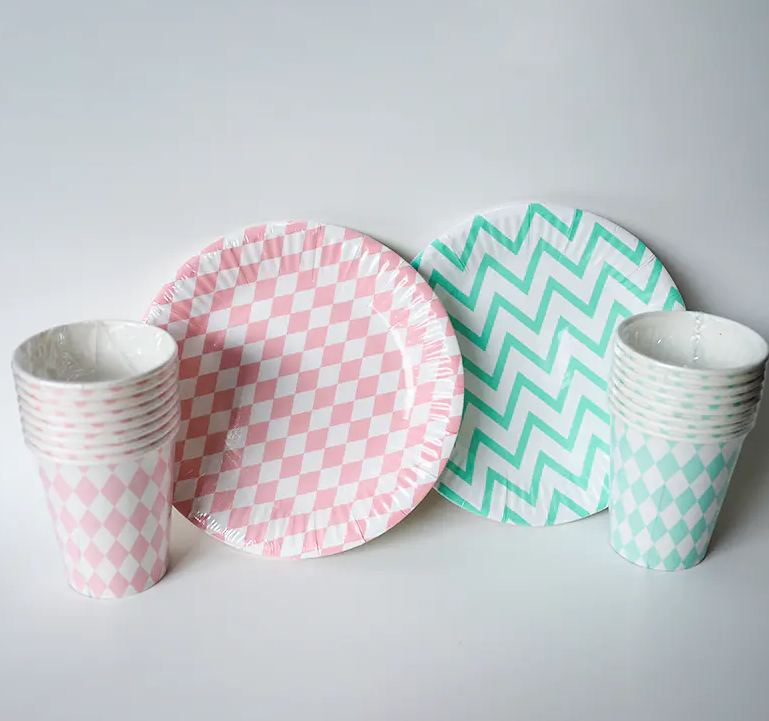Key Weather Factors to Consider When Using Disposable Paper Plates for Outdoor Events

Disposable Paper Plates are widely used in both indoor and outdoor settings, making it important to assess how they perform under various environmental conditions. While convenient and cost-effective, their performance can vary significantly depending on exposure to elements such as heat, moisture, wind, and humidity. Understanding these factors can help individuals and event planners select the most suitable options for different occasions.
One of the most common weather-related concerns is moisture. Rainy or high-humidity environments can compromise the integrity of paper-based products. Many paper plates are coated with a thin layer of polyethylene or PLA (a plant-based bioplastic) to create a water-resistant barrier. This coating helps prevent immediate soak-through when holding moist or saucy foods. However, prolonged exposure to heavy moisture or direct rainfall can still cause the plate to warp, soften, or leak. Evaluating whether plates have a waterproof lining or moisture barrier is essential when planning outdoor picnics or catered events in potentially wet conditions.
Heat is another crucial factor, especially during summer months or in regions with high temperatures. In general, paper plates can tolerate warm food, but extreme heat from direct sunlight or hot food straight from the grill may cause some plates to deform. Thicker, molded fiber plates tend to resist warping better than thin, economy-grade versions. To test heat performance, users can place hot items such as grilled meat or baked dishes on sample plates and observe whether the surface holds its shape or begins to sag. Plates used for hot weather events should be chosen with extra rigidity and thermal resistance in mind.
Cold weather can also present challenges, particularly in winter picnics or outdoor service in colder climates. While cold temperatures generally do not damage the structure of paper plates, extremely low humidity can cause them to become brittle. Additionally, if condensation forms due to temperature differences, moisture absorption might occur. Ensuring that plates are stored in dry, sealed packaging before use can help mitigate these issues.
Windy conditions raise a different kind of problem—lightweight paper plates are prone to being blown away if not anchored properly. Heavier-grade plates with molded edges or textured surfaces offer slightly better resistance. Users can also pair plates with plate holders or weighted utensils to reduce the risk of wind disruption during outdoor meals.
To comprehensively evaluate weather-related performance, it’s helpful to conduct small tests before large-scale use. Simulating conditions like leaving the plate outside in sunlight or splashing water onto it can provide insights into its durability. Checking product labels for terms like "water-resistant," "microwave-safe," or "heat-tolerant" also offers clues to its resilience in various environments.
In conclusion, while Disposable Paper Plates are designed for convenience, their effectiveness under different weather conditions depends on specific product characteristics such as coating, thickness, and structural design. By taking the time to assess how a plate performs in moisture, heat, cold, and wind, users can ensure that their dining experience—whether indoors or out—remains both practical and enjoyable.
- Art
- Causes
- Crafts
- Dance
- Drinks
- Film
- Fitness
- Food
- Oyunlar
- Gardening
- Health
- Home
- Literature
- Music
- Networking
- Other
- Party
- Religion
- Shopping
- Sports
- Theater
- Wellness


